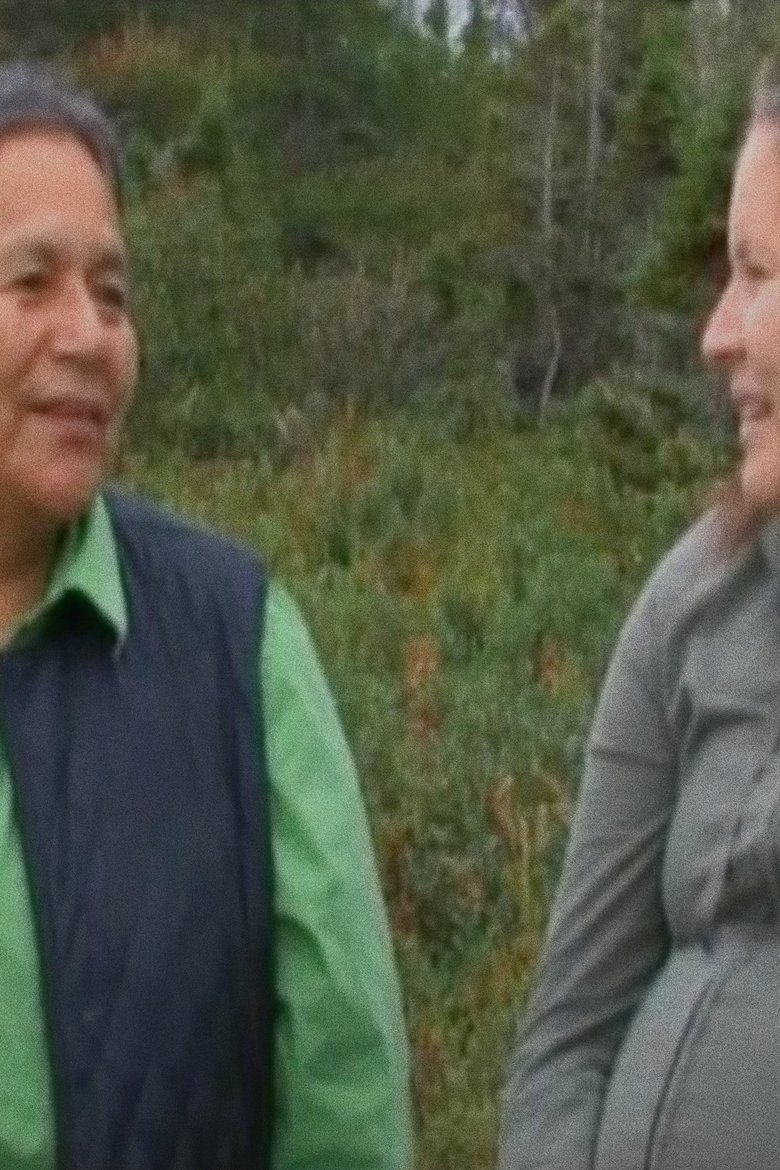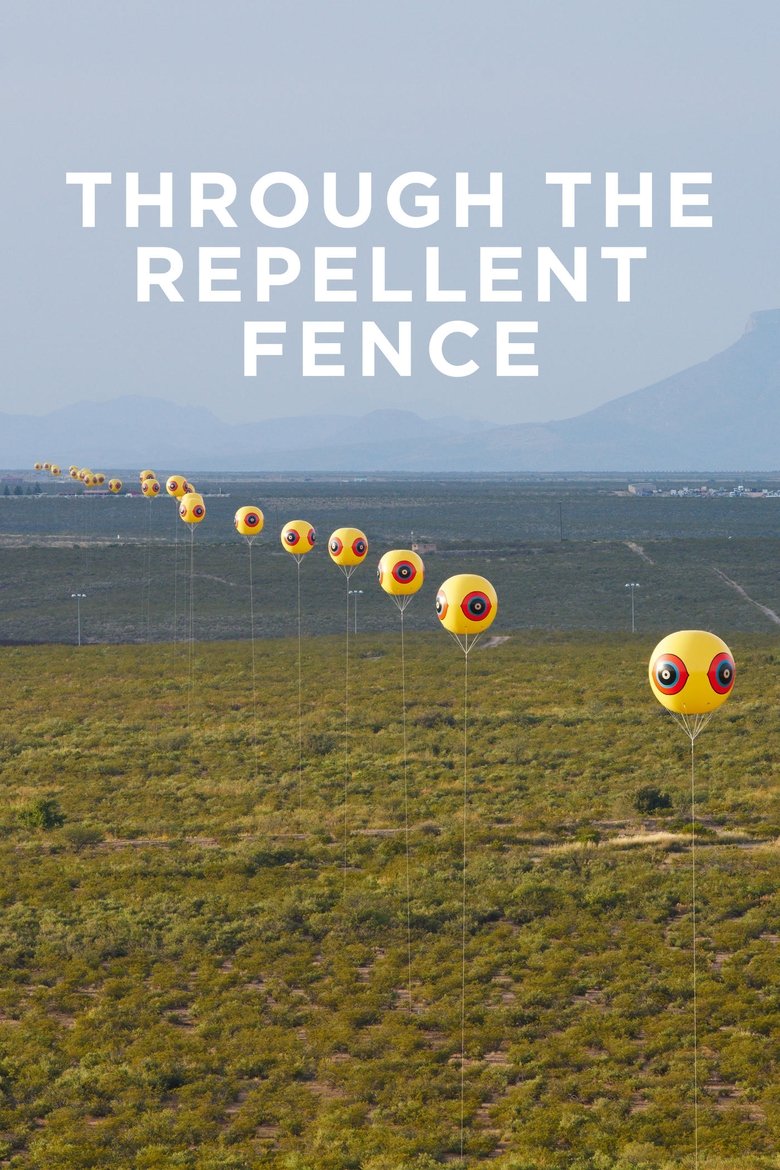
The Annanacks
1964
0h 29m
This short documentary depicts the formation in 1959 of the first successful co-operative in an Inuit community in Northern Québec. The film describes how, with other Inuit of the George River community, the Annanacks formed a joint venture that included a sawmill, a fish-freezing plant and a small boat-building industry.
If current server doesn't work please try other servers beside.
Similar Movies

When the Mountains Tremble
A documentary on the war between the Guatemalan military and the Mayan population, with first hand accounts by Nobel Peace Prize winner Rigoberta Menchú.
Rating:
9.5/10
Votes:
5
Year:
1983

INAATE/SE/
INAATE/SE/ re-imagines an ancient Ojibway story, the Seven Fires Prophecy, which both predates and predicts first contact with Europeans. A kaleidoscopic experience blending documentary, narrative, and experimental forms, INAATE/SE/ transcends linear colonized history to explore how the prophecy resonates through the generations in their indigenous community within Michigan’s Upper Peninsula. With acute geographic specificity, and grand historical scope, the film fixes its lens between the sacred and the profane to pry open the construction of contemporary indigenous identity.
Rating:
4.5/10
Votes:
2
Year:
2016

Miwene
Steeped in the long oral tradition of Waorani storytelling, Gange Yeti shares her own coming-of-age story as a young Waorani woman living deep within the Amazon rainforest. Following Gange and her community for over 11 years, the film captures her transition from a quiet teenager into a confident young mother at a critical turning point for her culture and rainforest. As the granddaughter of one of the last Waorani elders that lived in complete isolation before outside contact, Gange is determined to capture her grandmother’s unique experience while she still can -- balancing school, motherhood, and tradition along the way.
Rating:
0.0/10
Votes:
0
Year:
2022

nîpawistamâsowin : We Will Stand Up
On August 9, 2016, a young Cree man named Colten Boushie died from a gunshot to the back of his head after entering Gerald Stanley's rural property with his friends. The jury's subsequent acquittal of Stanley captured international attention, raising questions about racism embedded within Canada's legal system and propelling Colten's family to national and international stages in their pursuit of justice. Sensitively directed by Tasha Hubbard, "nîpawistamâsowin: We Will Stand Up" weaves a profound narrative encompassing the filmmaker's own adoption, the stark history of colonialism on the Prairies, and a vision of a future where Indigenous children can live safely on their homelands.
Rating:
8.3/10
Votes:
3
Year:
2019

Amazônia Indomável
Rating:
0.0/10
Votes:
0
Year:
1952

Pākiri: The Filmmaker, the Cook & the Singer
As the name of this short film promises, a filmmaker (Merata Mita), a cook (Anne Thorp) and a singer (Moana Maniapoto) sit down for an interview at Pākiri beach. With a focus on their personal lives, these highly accomplished wahine Māori are generous in sharing what motivates and challenges them in their mahi — with friendship a recurring theme. Filmed a year after the disbanding of her group Moana and the Moahunters, Maniapoto is particularly vulnerable in her reflections. The film was made by Honours student Sam Cruickshank as part of a Film and Media Studies degree at Auckland University.
Rating:
0.0/10
Votes:
0
Year:
1999

Hopi: Songs of the Fourth World
A compelling study of the Hopi that captures their deep spirituality and reveals their integration of art and daily life. Amidst beautiful images of Hopi land and life, a variety of Hopi — a farmer, a religious elder, a grandmother, a painter, a potter, and a weaver — speak about the preservation of the Hopi way. Their philosophy of living in balance and harmony with nature is a model to the Western world of an environmental ethic in action.
Rating:
0.0/10
Votes:
0
Year:
1983

Uuttoq - Kaali på sælfangst
One day in the lives of an average Greenlandic family, which happens to be of great importance for 8-year old Kali - he's about to catch his first prey with the harpoon. The whole family is looking forward for the huge step in boy's maturation.
Rating:
0.0/10
Votes:
0
Year:
1985

Aoskway, sur les traces de l’orignal
Rating:
0.0/10
Votes:
0
Year:
2022

The Song That Calls You Home
A personal, scientific, mystical exploration of Amazonian curanderismo, focus on Ayahuasca and Master Plants, their healing and visionary properties and risks, along with the Shipibo people and their songs.
Rating:
9.0/10
Votes:
1
Year:
2022

Arctic Summer
ARCTIC SUMMER is a poetic meditation on Tuktoyaktuk, an Indigenous community in the Arctic. The film captures Tuk during one of the last summers before climate change forced Tuk's coastal population to relocate to more habitable land.
Rating:
0.0/10
Votes:
0
Year:
2021

Indián történet
Still photographs and narration give an overview of the history of the American Indian.
Rating:
6.0/10
Votes:
1
Year:
1962

Innu assi (communautés innues)
Rating:
0.0/10
Votes:
0
Year:
1999

Kayapos (Raoni, le chef kayapo)
Rating:
0.0/10
Votes:
0
Year:
2001

Innu aitun (connaissances traditionnelles innues)
Rating:
0.0/10
Votes:
0
Year:
2010

Nukum (grand-mère)
Rating:
0.0/10
Votes:
0
Year:
2009

Innu Nikamu (festival de musique autochtone)
Rating:
0.0/10
Votes:
0
Year:
2004

Innucadie (festival du conte et de la légende de Natashquan, 1er édition)
Rating:
0.0/10
Votes:
0
Year:
2006

Through the Repellent Fence: A Land Art Film
The film follows Postcommodity, an interdisciplinary arts collective comprised of Raven Chacon, Cristóbal Martinez and Kade L. Twist, who put land art in a tribal context. The group bring together a community to construct the Repellent Fence, a two-mile long ephemeral monument “stitching” together the US and Mexico.
Rating:
0.0/10
Votes:
0
Year:
2017

Eskimo Arts and Crafts
How Inuit peoples perform arts and crafts, on the island of Baffin Island on what is now the territory of Nanavut.
Rating:
0.0/10
Votes:
0
Year:
1943
If current server doesn't work please try other servers beside.